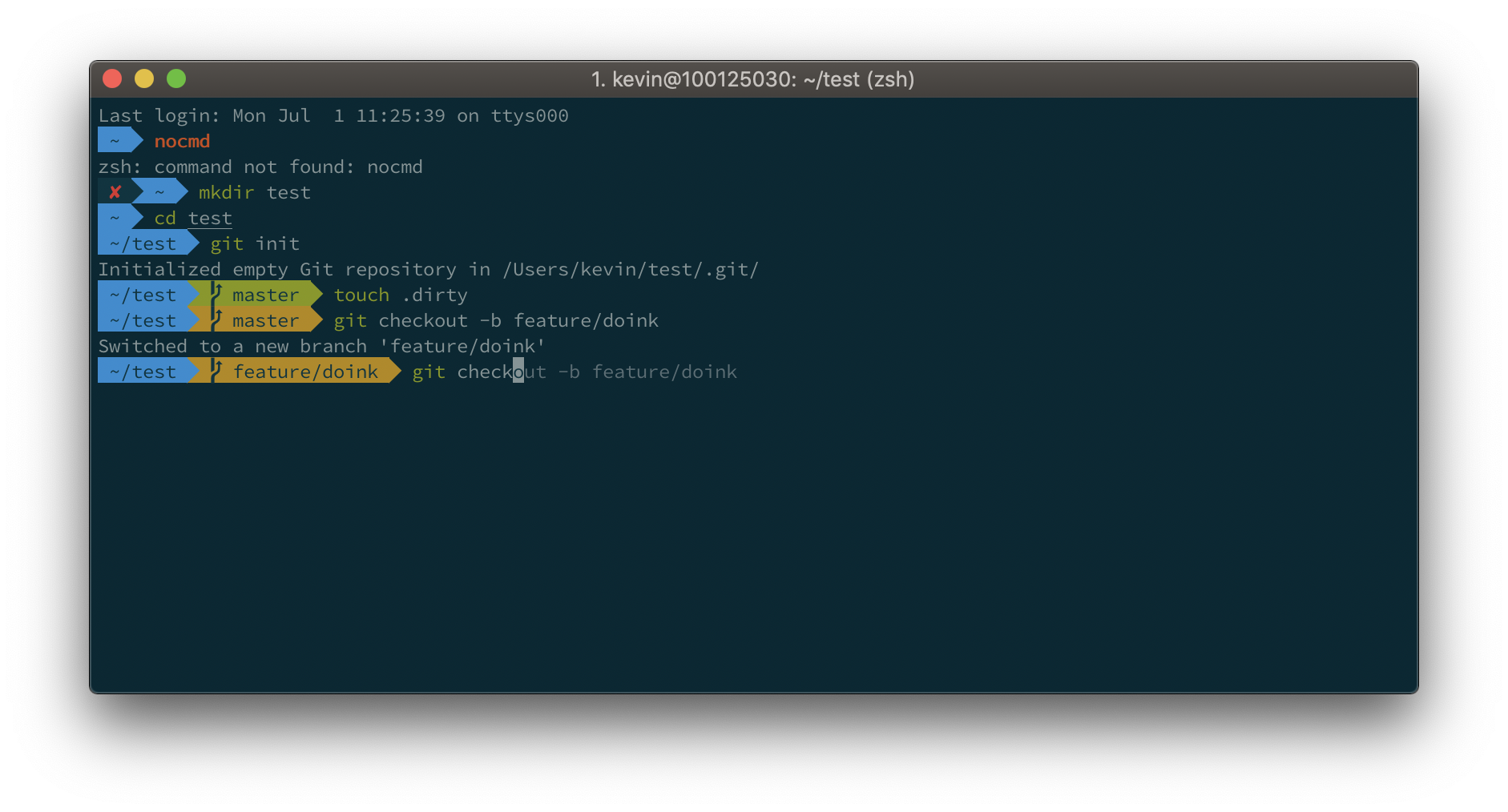By default, KVM (libvirtd) images on Ubuntu and most other Linux distributions are found in /var/lib/libvirt/images. This can be inconvenient if you don't have a separate /var partition that can grow over time to accommodate multiple large images.
You can simply rename the images folder to something else and then symlink to a larger space with it (e.g. ln -s /data1/libvirt/images /var/lib/libvirt/images). That's what I used to do.
But that can lead to all sorts of unanticipated trouble. The right way to have your images on a bigger disk is to change the path for libvirt's default storage pool, which is logically where KVM is going to create them.
First check to make sure a default pool exists:
Some distributions create the defaut KVM (libvirtd) storage pool for images when they install KVM, others do this upon the creation of the first KVM guest. Creating the default pool from scratch is pretty straightforward. Here's how to do it with virsh.
First verify there is no existing default pool:
$ virsh pool-list --all
Name State Autostart
-----------------------------
Tools
- Kops https://github.com/kubernetes/kops/blob/master/docs/README.md
- Kubectl https://kubernetes.io/docs/tasks/tools/install-kubectl/
- kubespy https://blog.pulumi.com/kubespy-trace-a-real-time-view-into-the-heart-of-a-kubernetes-service
- kops https://icicimov.github.io/blog/virtualization/Kubernetes-Cluster-in-AWS-with-Kops/
Presentations
>>> docker exec -it CONTAINERID /bin/sh
/app # telnet
/bin/sh: telnet: not found
/app # apk update
fetch http://dl-cdn.alpinelinux.org/alpine/v3.7/main/x86_64/APKINDEX.tar.gz
fetch http://dl-cdn.alpinelinux.org/alpine/v3.7/community/x86_64/APKINDEX.tar.gz
v3.7.0-243-gf26e75a186 [http://dl-cdn.alpinelinux.org/alpine/v3.7/main]
v3.7.0-229-g087f28e29d [http://dl-cdn.alpinelinux.org/alpine/v3.7/community]
| # Simple SonarQube database and user creation for Postgresql | |
| # | |
| sudo -u postgres psql postgres | |
| CREATE DATABASE sonar; | |
| CREATE USER sonar WITH PASSWORD 'verysecret'; | |
| GRANT ALL PRIVILEGES ON DATABASE sonar TO sonar; |
| from pygments import highlight | |
| from pygments.lexers import PythonLexer | |
| from pygments.formatters import Terminal256Formatter | |
| from pprint import pformat | |
| def pprint_color(obj): | |
| print highlight(pformat(obj), PythonLexer(), Terminal256Formatter()) |
| import boto3 | |
| class tableCreate(object): | |
| def __init__(self, **kwargs): | |
| self.__dict__.update(kwargs) | |
| # Query client and list_tables to see if table exists or not | |
| def queryCreate(self): | |
| # Instantiate your dynamo client object | |
| client = boto3.client('dynamodb') |
| #!/bin/bash | |
| # 2015 Updates to sunkid's script. chrisfcarroll | |
| # - added more quote marks to cope with e.g. spaces in volume names. | |
| # - get machine UUID from ioreg instead of parsing and system report. | |
| # - added steps to tell Time Machine to use your new backup drive. | |
| # - renamed. | |
| # Make it executable with e.g. chmod a+x tmMakeImage && mv tmMakeImage /usr/local/bin. | |
| # | |
| # A bash script to create a time machine disk image suitable for | |
| # backups with OS X 10.6 (Snow Leopard) and later. |
| import boto3 | |
| import sys | |
| assume_role = sys.argv[1] | |
| # create an STS client object that represents a live connection to the | |
| # STS service | |
| sts_client = boto3.client('sts') | |
| # Call the assume_role method of the STSConnection object and pass the role |

